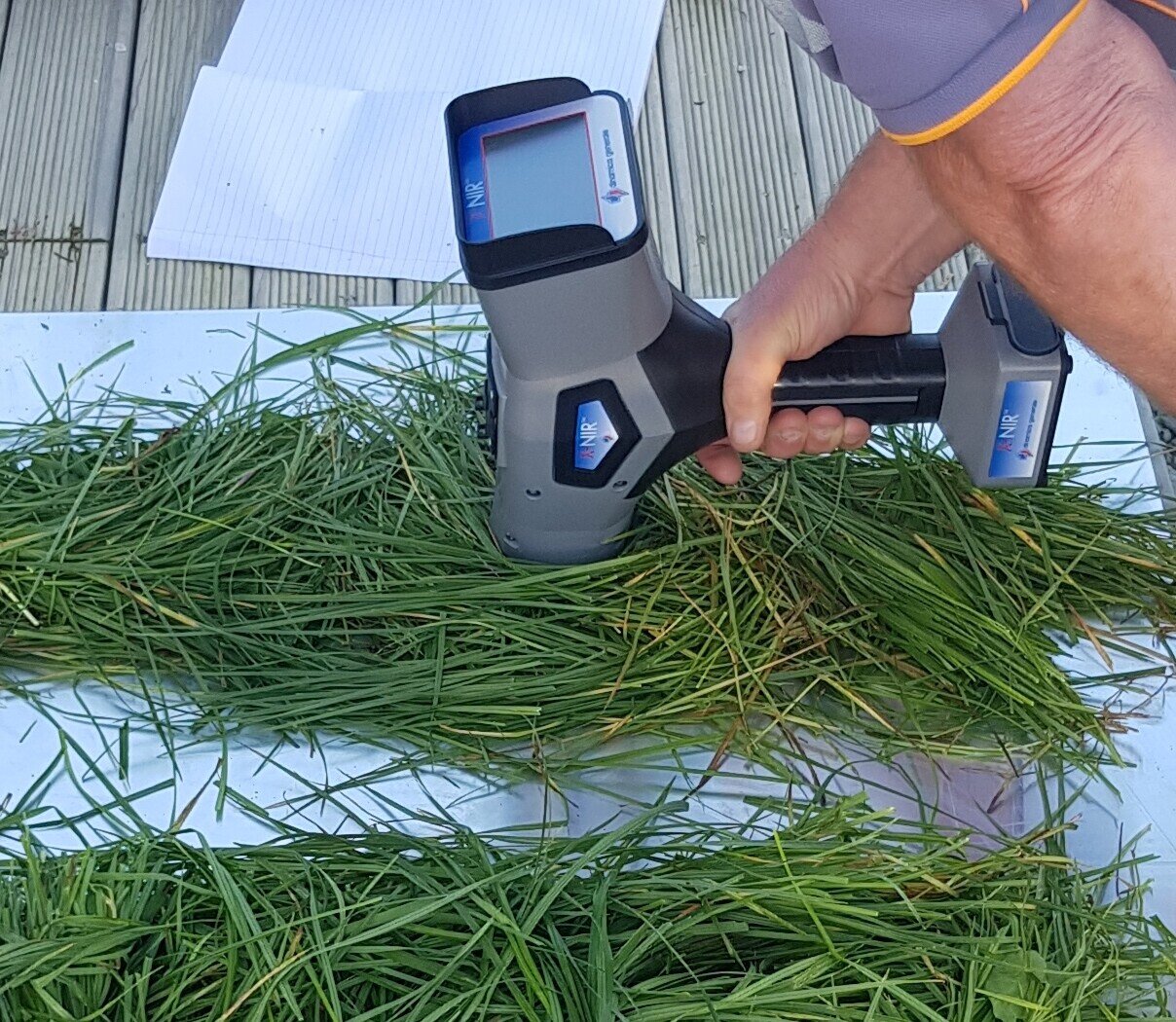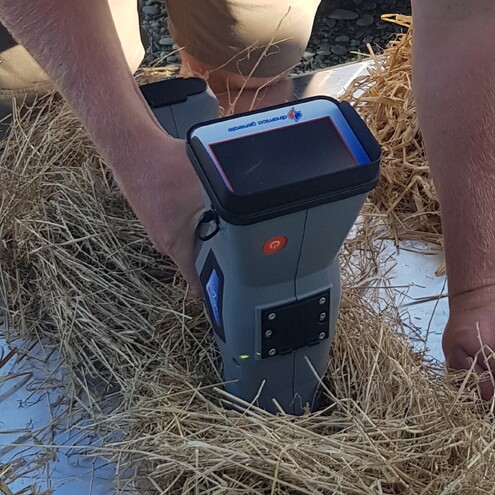HFS Brings Precision Feeding with X-NIR Feed Analysis
Holistic Farm Solutions proudly serves as the New Zealand distributor for the X-NIR feed analysis technology. Near Infrared Reflectance Spectroscopy (NIRS) or Near Infrared Analysis (NIRA) represents a revolutionary approach to analysing the chemical composition of samples in real time, without the need for extensive sample preparation.
The X-NIR analyzer offers real-time analysis, enabling rapid and reproducible measurement of the chemical composition of samples with minimal or no preparation. Unlike traditional lab analysis methods, the X-NIR technology allows for immediate analysis of samples without the need for drying and grinding.
X-NIR feed analysis has emerged as a rapid and cost-effective method for gathering data on feed value. Compared to conventional "wet chemistry" procedures, this method is significantly faster in determining nutritional content and is more cost-effective. While highly precise, the accuracy of NIR analysis depends on appropriate calibration with the results of "wet chemistry."
Key Features and Benefits of X-NIR Feed Analysis:
On-farm feed testing with instant results
Formulate diets with real-time data
Monitor pasture quality in real-time
Troubleshoot nutritional problems with feed analysis and quality monitoring
Optimise production using real-time feed analysis
Monitor silage and fermentation values
The X-NIR hand-held analyzer for forages and grains measures key parameters such as moisture (dry matter), starch, crude protein, ADF, NDF, ash, and crude fat in a matter of seconds. This technology enables real-time control of Total Mixed Rations (TMR) and provides valuable insights into feed quality and nutritional composition.
X-NIR™
USB key
Service contract (Included with the purchase of the machine for the first year)
NIR Trace software
NIR Evolution software
24/7 support service
TESTIMONIALS: Dr. Randy Shaver, Professor of Dairy Science University of Wisconsin, “If I was a feed consultant or nutritionist I’d be pretty excited about the opportunity to have one of these,” says Dr. Randy Shaver, Professor of Dairy Science, University of Wisconsin. “The reason we were interested in on-farm X-NIR feed analysis was measuring the dry matter content of silages coming out of the bunker….we have been trying to do a better job of keeping all our rations consistent on a day to day basis. “Dry matter content changes as you go through the bunker, and when you have rainfalls, that can really affect dry matter content. And that is how most people will use this technology, to do more frequent measurement of dry matter content on a daily basis,” he adds. Mike Jerred, Global Dairy Leader Cargill, “The AgriNIR helps us do a better job teaching our feeders bunker face management. Likewise, there may be cases where forages are coming to one farm from various locations.
"With the AgriNIR, we can sort the hay by dry matter and digestibility as it comes onto the farm into different piles. Our consultants and feeders now take more time for face management and pre-mixing. We aim to optimize nutrient flow to our cows at optimum cost. Anything that can help us get a better handle on nutrient variation on the farm is going to help us apply that system better, ”he concludes. Dr. Larry Chase, Professor and Extension Specialist in Dairy Nutrition Cornell Universit, “We have used AgriNIR for corn silage, grass silage and total nutrition samples. The AgriNIR unit does a really, really good job in analyzing dry matter” says Dr. Larry Chase, Professor and Extension Specialist in Dairy Nutrition, Cornell University. “When you are looking at fiber and protein for grass silages and TMRs, it works very well for those. We are working on tweaking it a bit yet for corn silage because the particle sizes have so much variability. It does pretty much what they say it does.”



